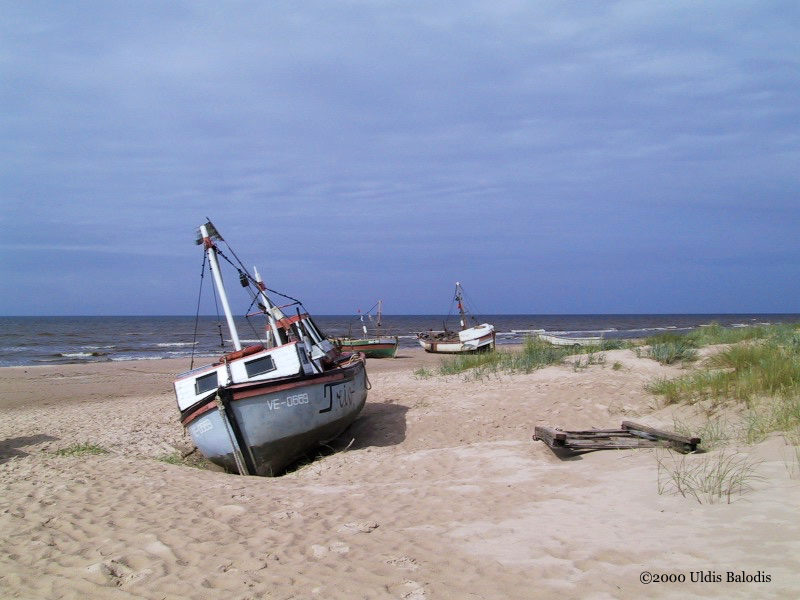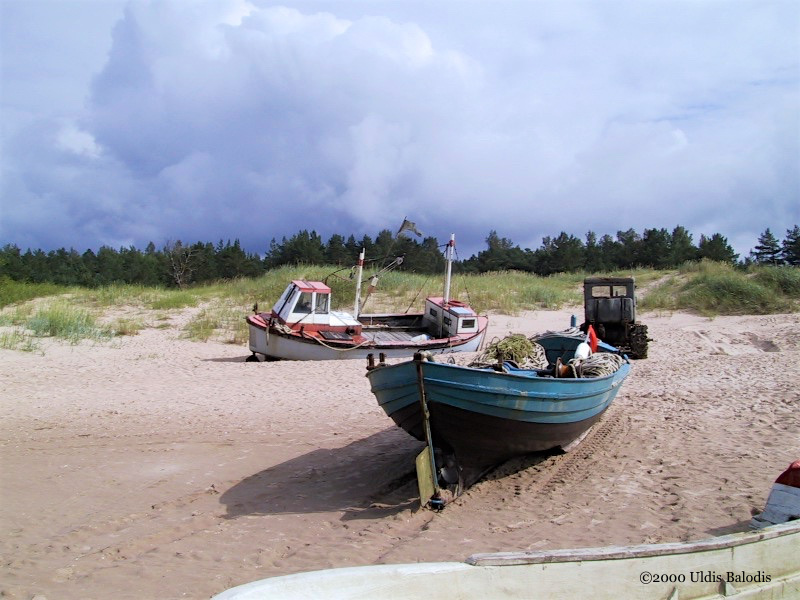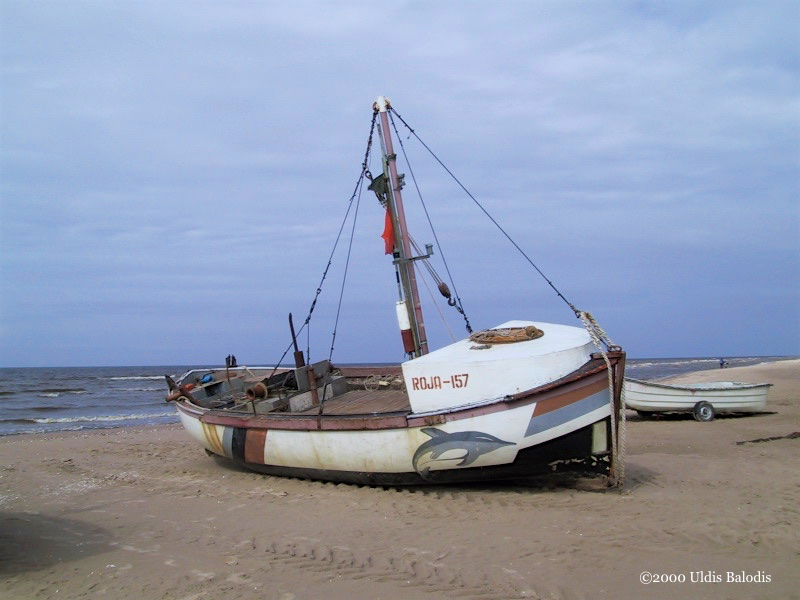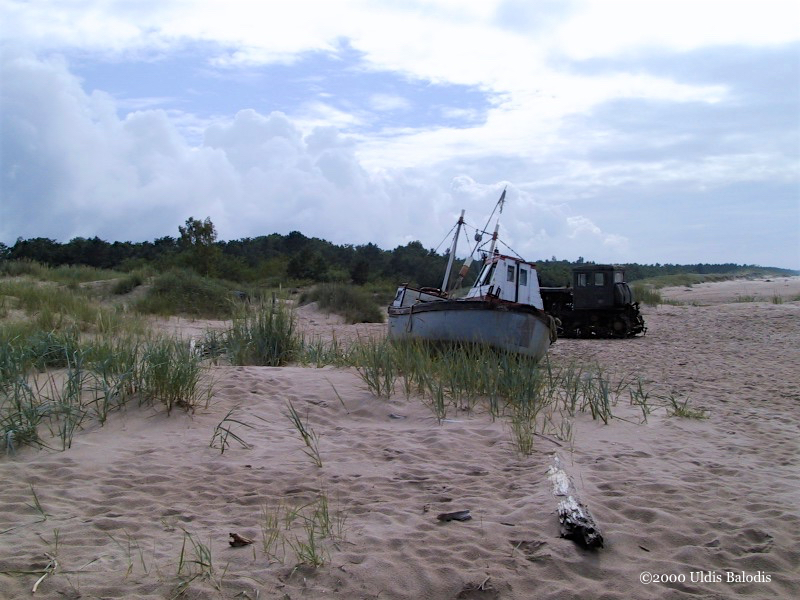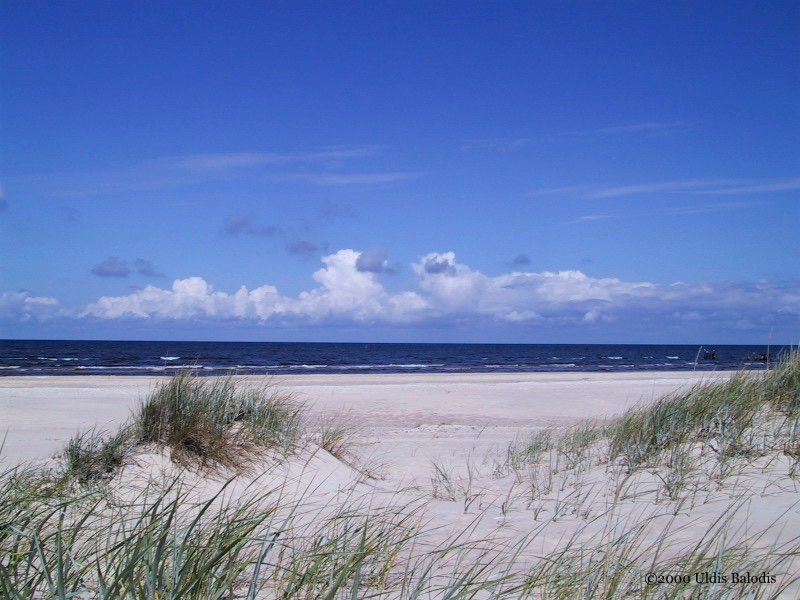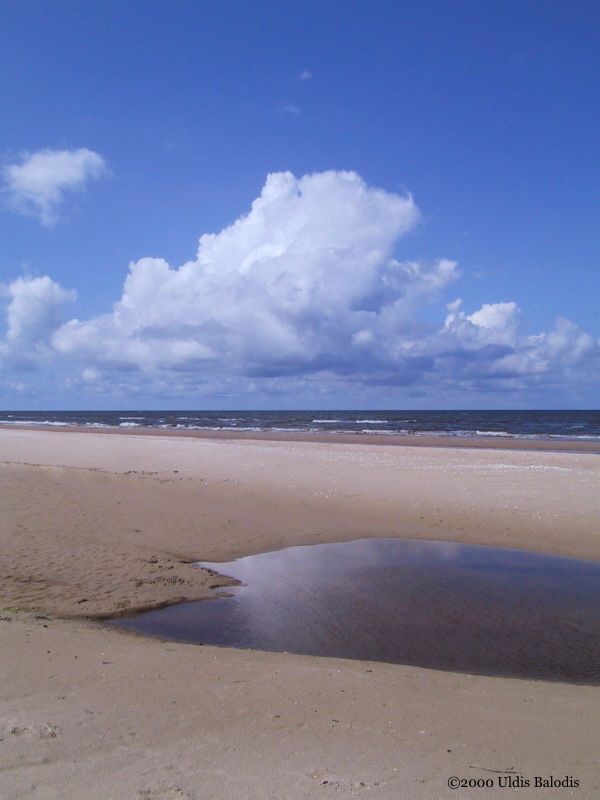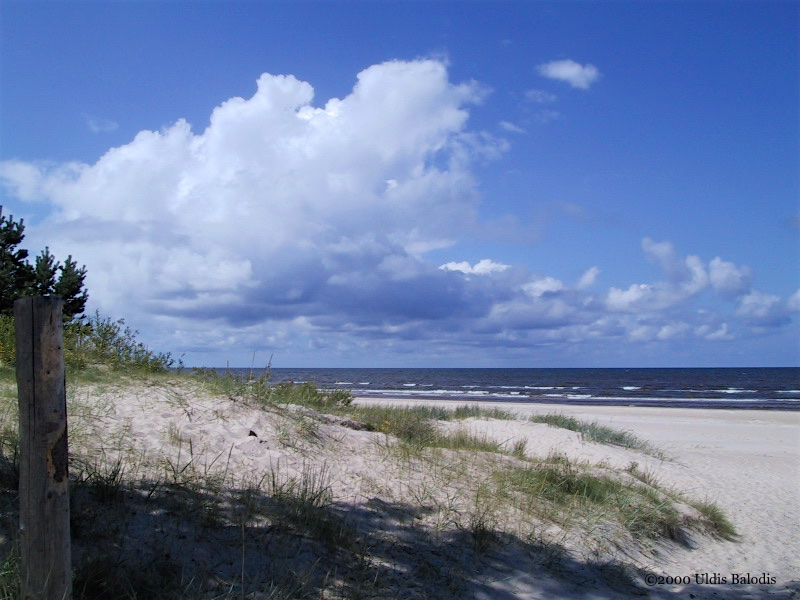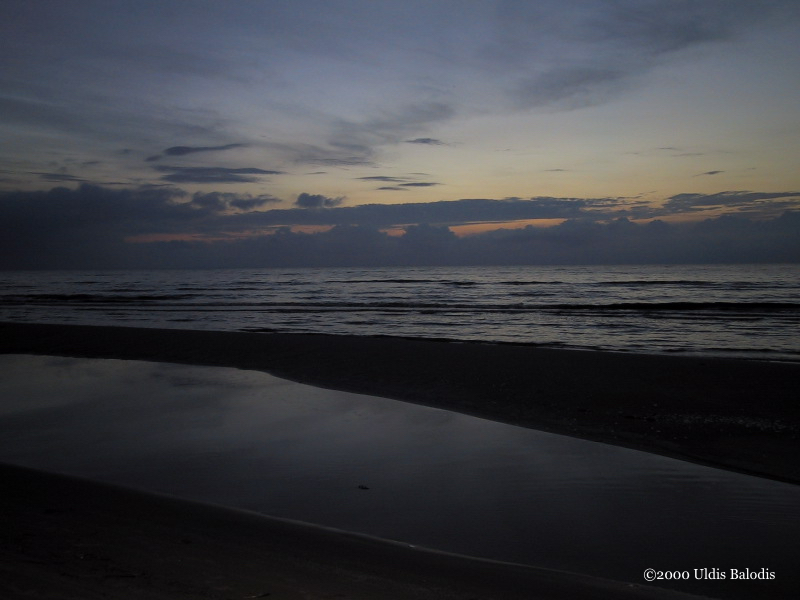Click on the top left picture and scroll through the story by clicking right.
Storms
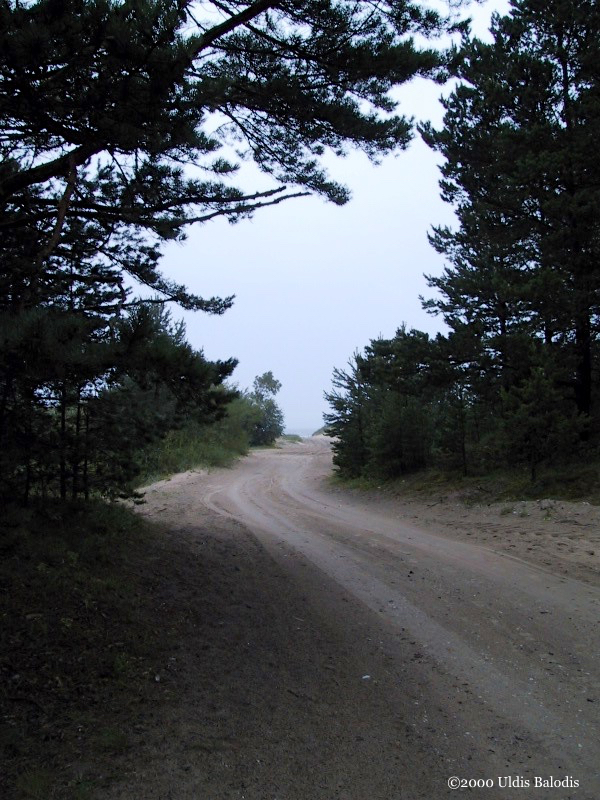
The summer was cold and stormy. Though the beach was about a ten-minute walk away from my room, all day long I would hear the ocean. Filtered by the trees of the coast forest, the sound would become a “hushed roar.” As if there were a jet engine or a busy highway hidden behind the forest. Listening to that sound every day made me understand not just the awesome power of the ocean, but also its inherent divine qualities. The Livonians, just as many other nations living on the shores of oceans around the world, had deified the ocean. They worshipped it in the person of Mierjemā, or Ocean Mother. Living thousands of miles away in the middle of a desert this seemed beautiful and poetic, perhaps a little quaint, but until my summer on the coast, I did not see the truth of their belief. The ocean indeed had all the qualities of a deity. It is vast, impenetrable, the giver of life, the taker of life, and ultimately unpredictable. Later, moving to Northern California, I would often think of this and of Mierjemā, as I listened to the hushed roar of a different ocean through the walls of my apartment during the stormy months of the winter.
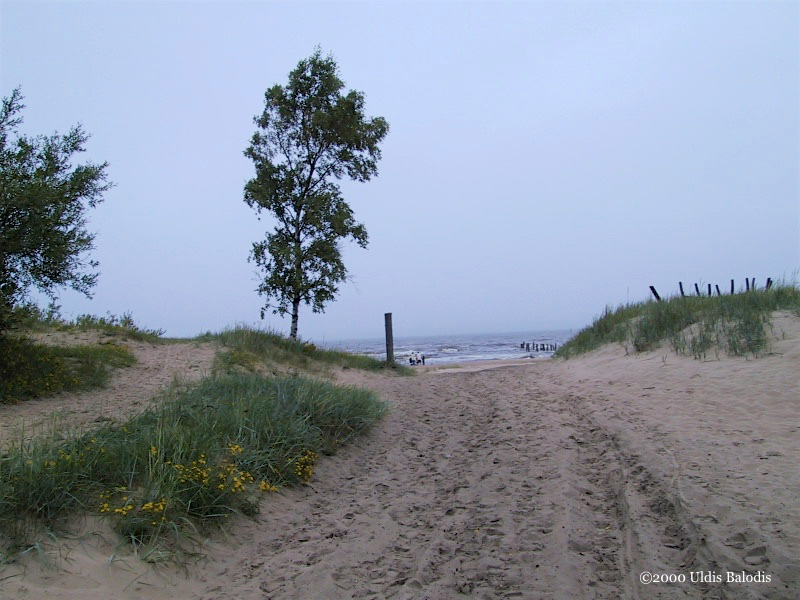
View of the path leading from Irē to the beach. Save for the yellow flowers blooming among the beach grasses, one could hardly imagine it being summer.
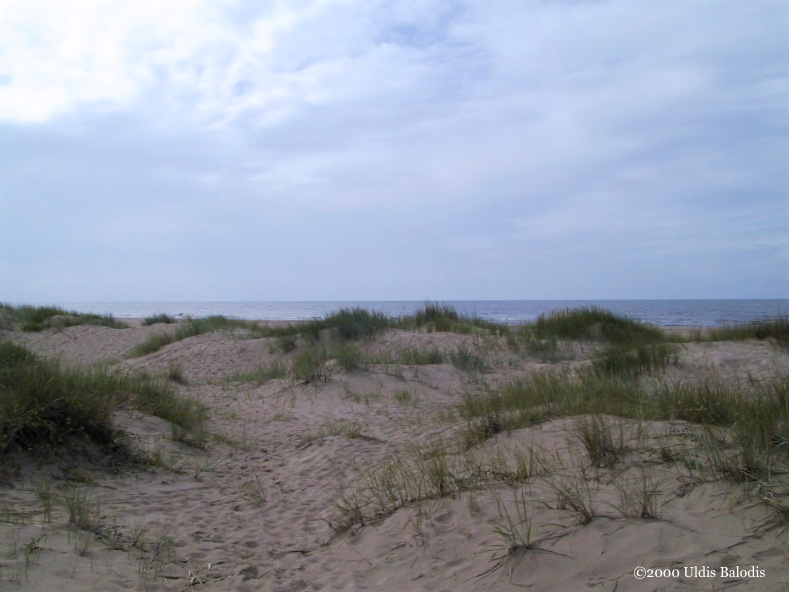
The ocean shares the slate grey of the overcast sky. The sun looks as if it is just about to break through the clouds. The grasses of the dunes glow with a hidden iridescence.
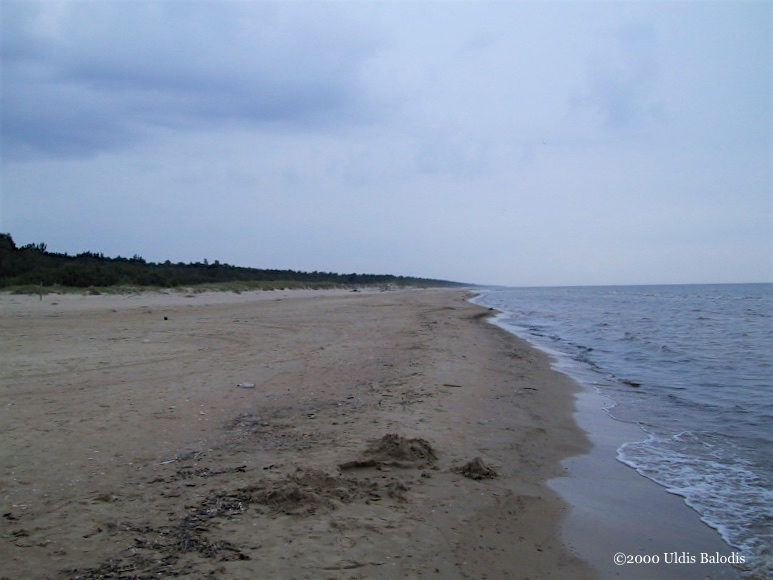
A light mist hangs in the distance, concealing the point where sea, sky, sand, and forest converge.
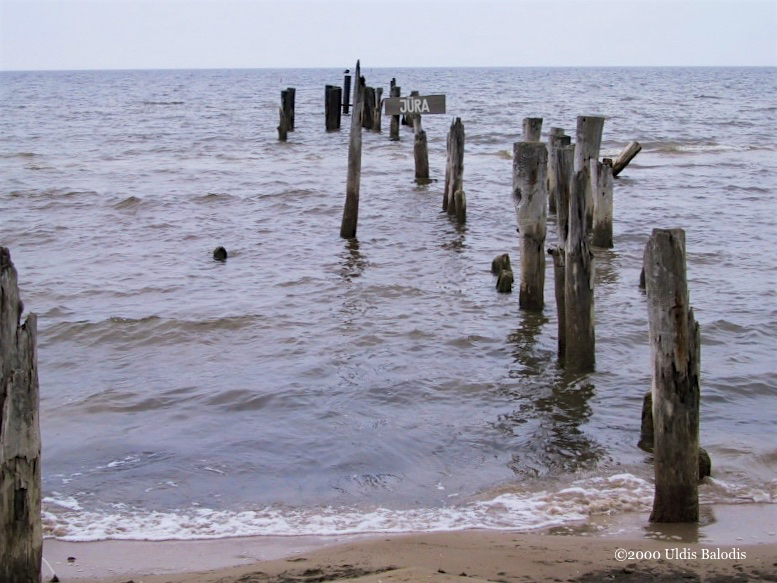
Already on my first day in Irē, I noticed a sign amidst the remnants of the dock. It had only one word on it, jūra, the Latvian word for “sea”. I never learned who placed it there, but it always seemed to me like a tongue-in-cheek joke, told in the spirit of the coast dwellers. A sign posted marking the obvious, just in case you hadn’t noticed that all that water out there, is, in fact, the open sea.
Boats
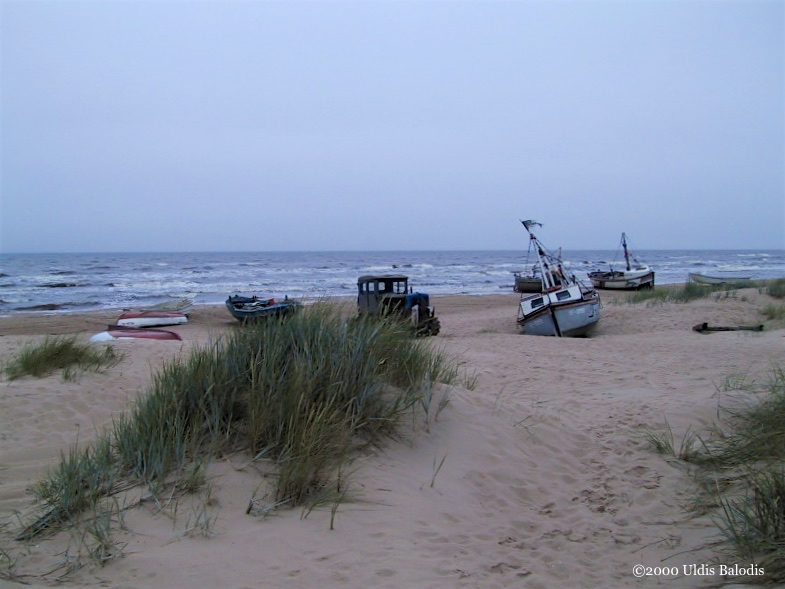
Walking the coast, the locations of towns would often be marked by nothing more than a few fishing boats and an old dock. Of all the communities in the area, Irē seemed to have the most boats. They always were in about the same place. I wondered if anybody was actually still taking them out to sea. Rumors swirled that the coast fishermen had given up their craft. But every so often I would walk out to the beach and see what looked like the tell-tale signs of use. Tracks in the sand or movement of one of the boats. It felt as if I was seeing it all happen out of the corner of my eye. Not ever really being sure if it was real or just wishful thinking.
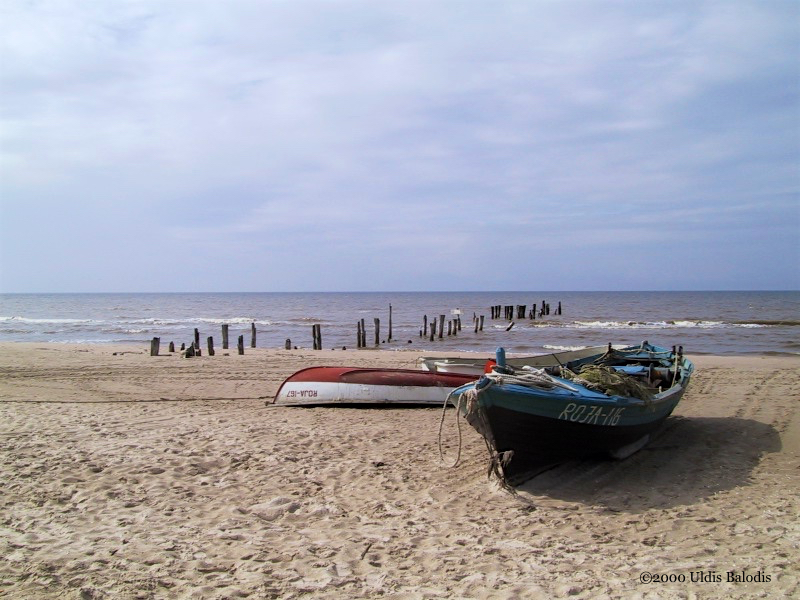
Fishing boats. The remnants of the Irē dock in the distance.

Most of the boats I would see that summer were registered in Roja, a larger city further to the south, on the coast of the Gulf of Riga. Though Roja itself is not a Livonian community, its name derives from a Livonian word meaning “muddy waters.”
Day
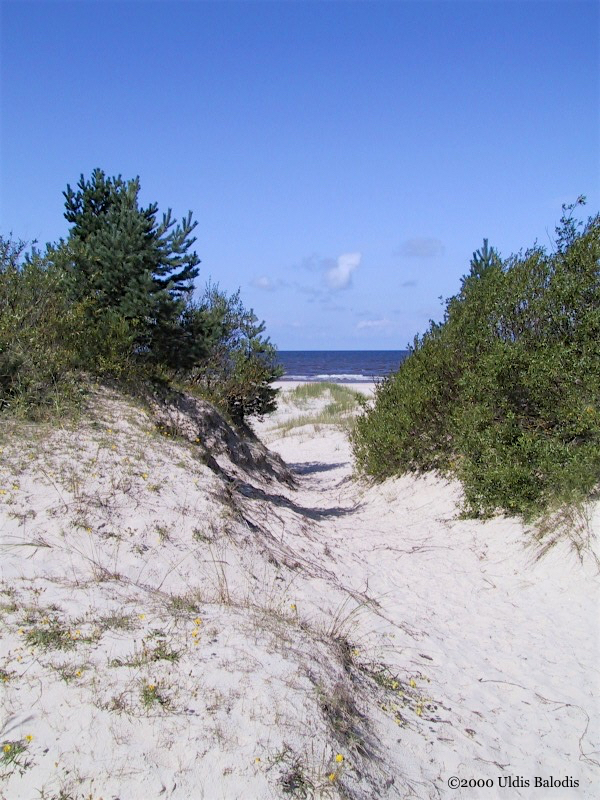
The summer was cold and stormy, but there were exceptions. Days when the sky and sea were a brilliant blue, and the sand seemed to match the perfect white of the clouds drifting quietly overhead. Here a path leads through the coastal underbrush to the open sand bordering the sea.
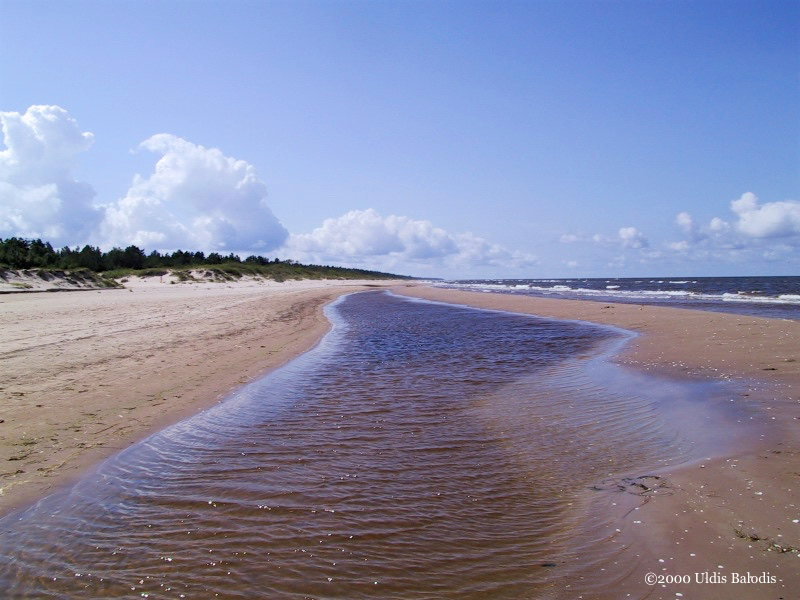
As the ocean receded every day for low-tide, it would invariably leave behind shallow tide pools. Here the ever-present wind is visible, as it skirts across the top of this shallow body of water. Waves break in the distance.
Night
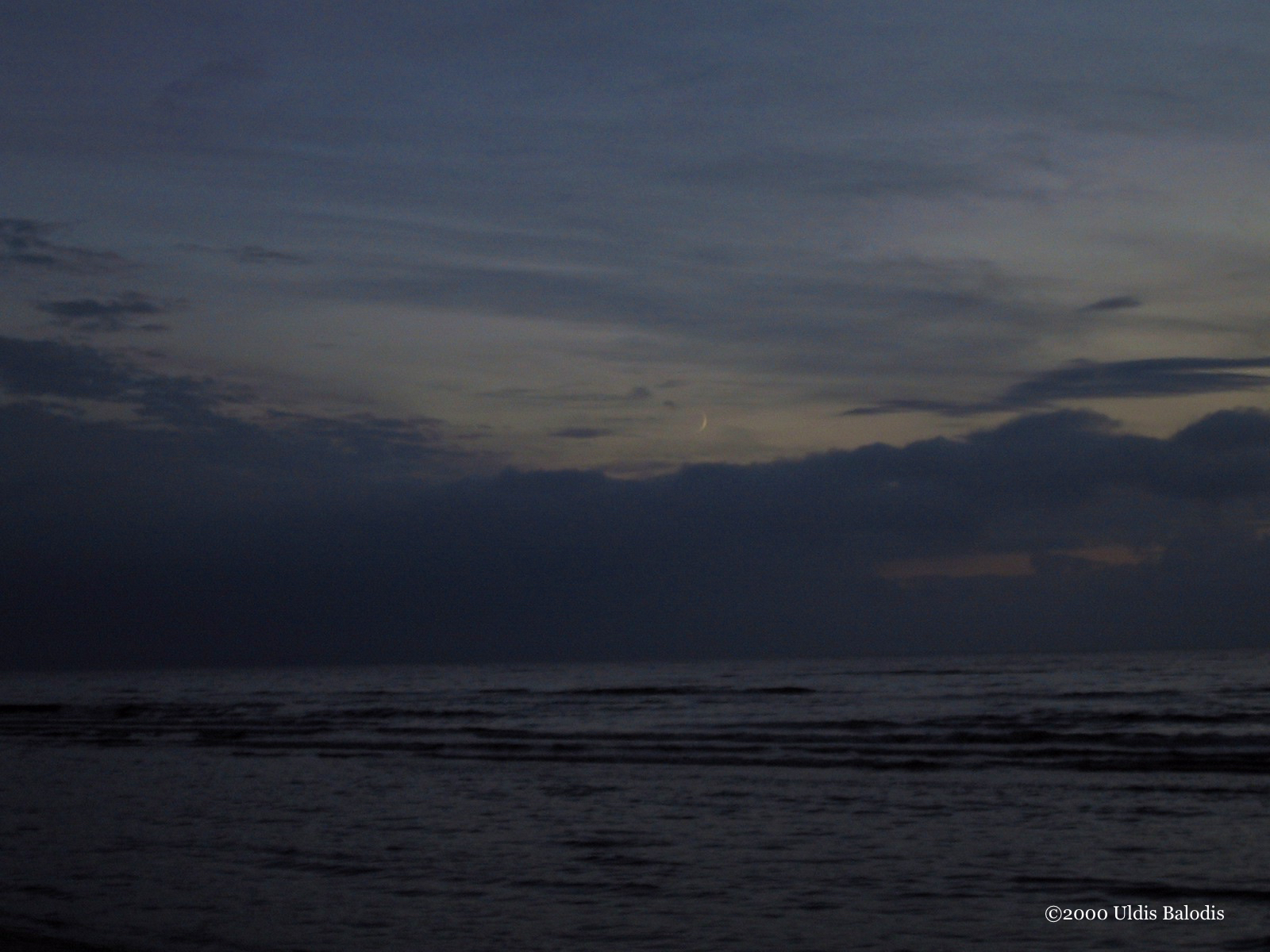
A sliver of the moon hangs above the clouds and sea, as the last light fades from the sky.
